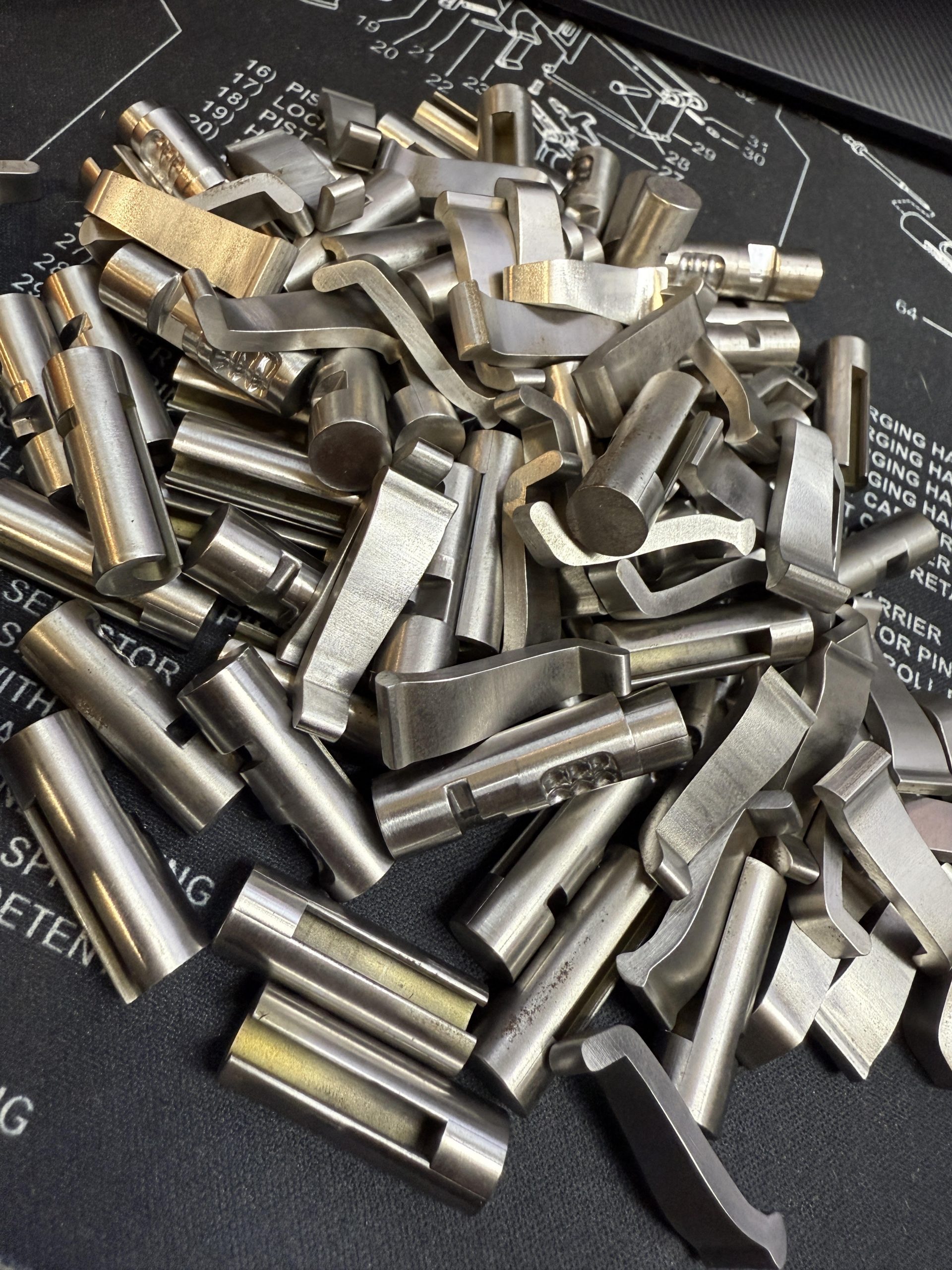Step-by-Step Guide: How to Install Super Safety in an AR-15 Lower Receiver
Upgrading your AR-15 with the Super Safety kit delivers enhanced safety features, preventing accidental discharges while maintaining reliable operation. This detailed Super Safety AR-15 installation guide covers everything from assembly to function testing. Ideal for DIY gunsmiths, it ensures compatibility with mil-spec triggers. Always follow firearm safety protocols—unload and clear your weapon before starting.
Top Keywords for AR-15 Builders: Super Safety AR-15 kit, AR-15 safety upgrade, drop-in Super Safety installation, CNC Super Safety trigger compatibility.
Prerequisites for Super Safety AR-15 Installation
Stock up on essentials:
- Super Safety kit (CNC-machined D2 tool steel version recommended for durability)
- AR-15 lower receiver
- Mil-spec trigger (pre-cut or modified for Super Safety compatibility)
- Lubricant (oil for steel components to avoid galling)
- Gunsmithing tools (punches, soft mallet)
Critical Safety Reminder: If not already removed, disassemble the fire control group (FCG) and safety selector from the AR-15 lower to avoid mishaps.
Step 1: Reinstall the Fire Control Group with Super Safety Components
Assemble the FCG as in a standard AR-15, integrating the Super Safety elements:
- Install the hammer, trigger, and springs.
- Add the disconnector and its spring.
Step 2: Cock the Hammer for Cam Preparation
- Pull the hammer back to the fully cocked position.
This readies the system for seamless Super Safety AR-15 integration.
Step 3: Insert the Cam from the Left Side
- From the left of the lower receiver, gently slide in the cam.
- Position and hold the lever inside the lower, directly above the cam’s insertion path.
- Engage the cam’s dovetail groove with the lever’s dovetail—they’ll interlock.
- Orient correctly: Point the cam’s rear crook toward the back of the receiver.
Step 4: Install the Detent and Spring
- Secure the cam while dropping in the detent and spring.
- Under spring tension, the detent will hold the assembly firm.
Function Testing: Validate Super Safety Before Upper Attachment
Essential for any AR-15 safety upgrade—test without the upper to catch issues early:
- Cock the hammer, then advance the lever forward.
- Pull the trigger; control the hammer’s drop with your hand or padding.
- Maintain trigger pull while recocking the hammer—it engages the disconnector.
- With trigger held, retract the lever (mimicking BCG cycle). Trigger resets, freeing the hammer from the disconnector.
- Lever fully back: Trigger pull should lock out.
- Hold and pull trigger while returning lever forward. Cam release allows trigger to fire—catch the hammer.
Reinspect if tests fail.
Final Assembly and Verification for AR-15 Super Safety
Post-dry test success:
- Mount the upper receiver.
- Retest: Fire trigger, cycle BCG rearward. Reset occurs on rear travel; unlock on forward battery.
Range Ready: Clear all dry fires, then live-test with controlled shots.
Common Super Safety AR-15 Installation Fixes
- No Reset: Inspect disconnector tension or cam seating.
- Binding Hammer: Re-lube and confirm dovetails.
- Detent Slip: Ensure spring compression.
Explore more at BSSQUIRTS Super Safety Kits for premium options.
Updated: October 14, 2025. Informational only; consult pros and laws.

